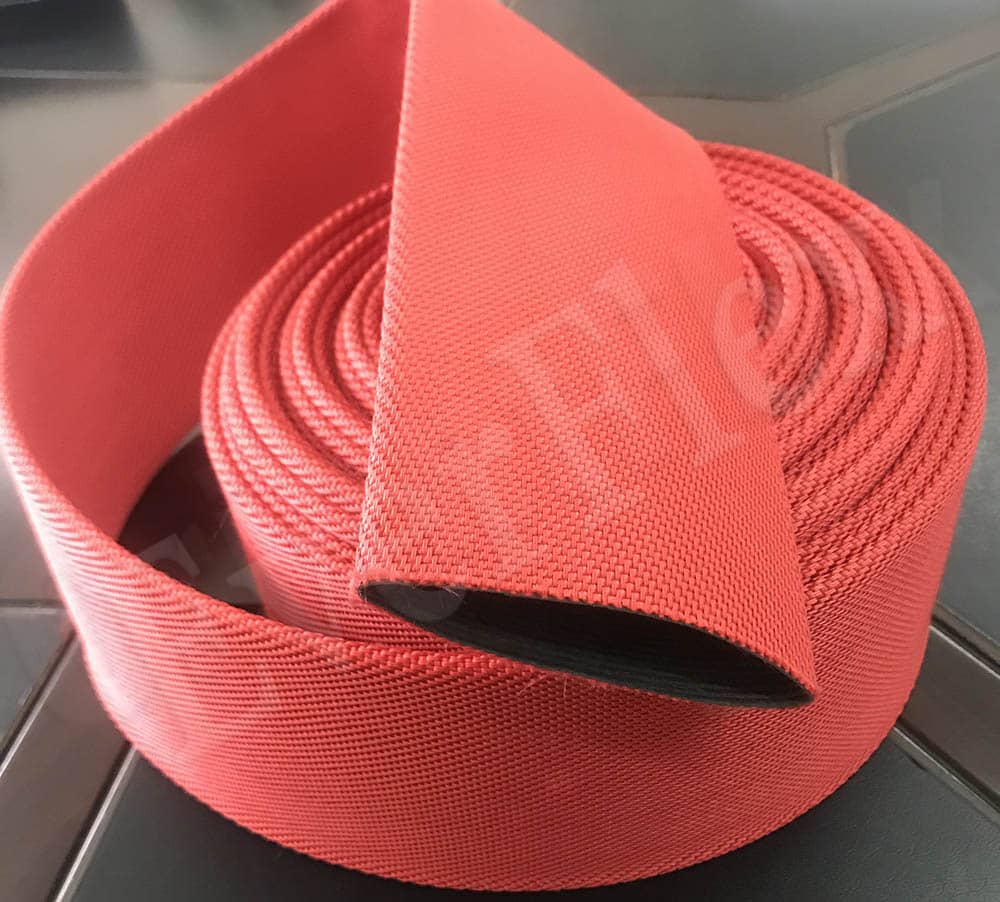Lined fire hose is a hose used for water delivery at fire scene. According to the material, it can be divided into lined fire hose and unlined fire hose. Among them, unlined fire hose has low pressure resistance, high resistance, and is easy to leak. It is also easy to mold and rot, and has a short life. Therefore, it is suitable for laying in fire scenes in buildings. Lined hoses are resistant to high pressure, wear, mold and rot, and are durable. It is not easy to leak, has low resistance, and can be bent, folded and moved at will. Therefore, it is suitable for laying in external fire scenes and connecting fire trucks.
Pay attention when using lined fire hoses:
1. Avoid sudden twists and turns when laying to prevent reducing the ability to withstand water pressure. Twisting should also be avoided to prevent the hose from rotating after filling with water and causing the inner buckle hose interface to disengage.
2. Avoid forced dragging on the ground after filling with water. When changing the position, try to lift and move it to reduce the wear of the hose and the ground.
3. Avoid contact with corrosive chemicals such as oils, acids, and alkalis.
4. In areas where there may be flames or strong radiant heat, cotton or linen hoses should be used.
5. After use, clean them thoroughly. Unlined hoses should be hung in the sun, and stored in a cool and dry place after drying.

6. If small holes are found during use, wrap the hose tightly with cloth. Mend or glue as soon as possible afterwards. When obvious damage occurs, withdraw from combat readiness immediately.
7. When vehicles need to pass through the laying hose, hose bridges should be installed in advance at the passing part.
8. If you need to pass through the railway during laying, you should pass under the rails.
9. Lined hoses should be used on the exterior of buildings in cold areas to prevent the hoses from freezing.





